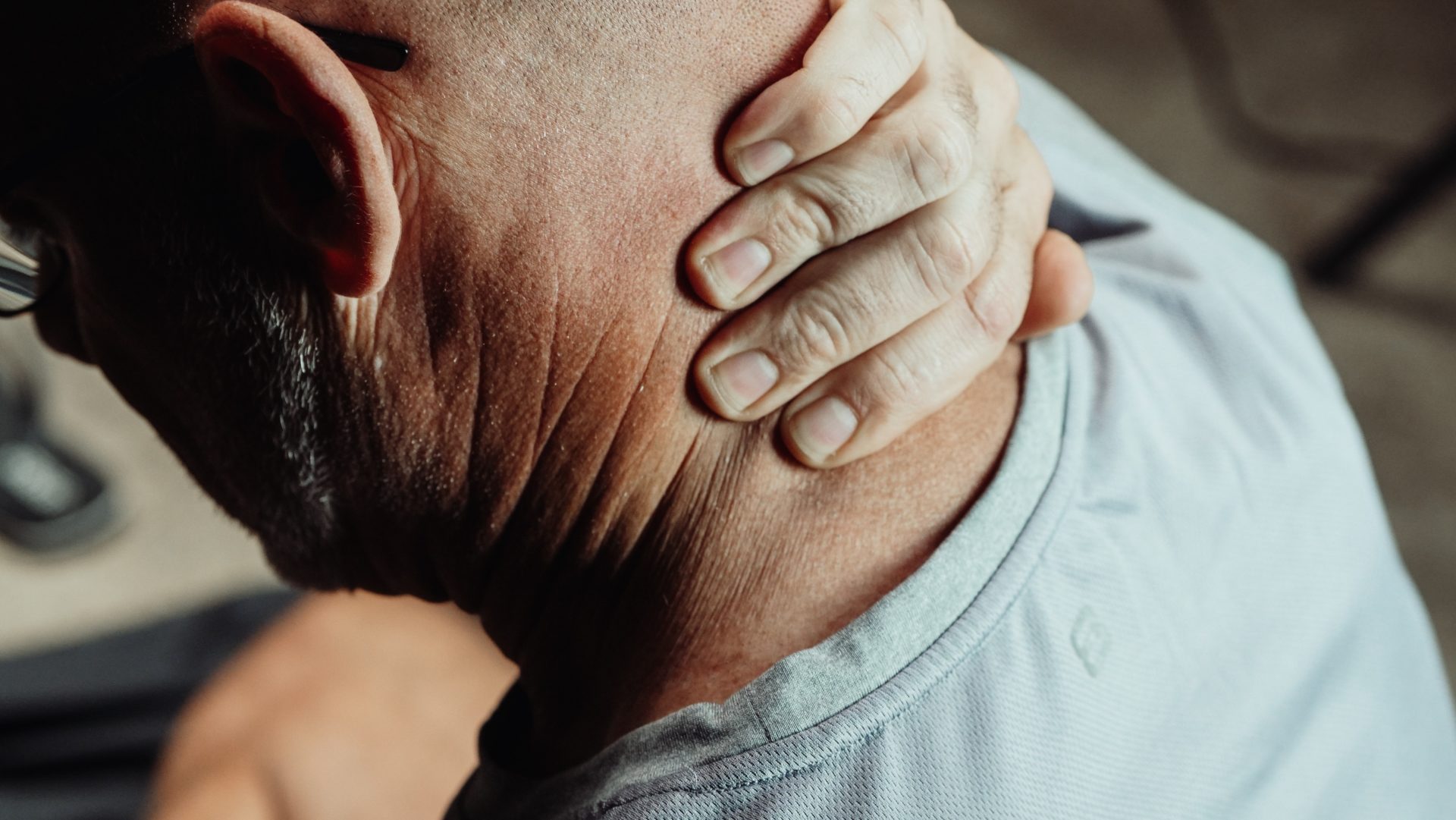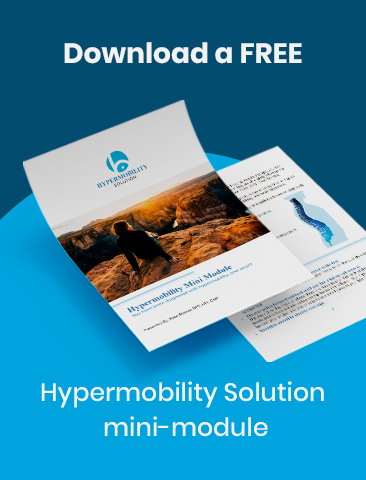When managing hypermobility symptoms, is it better to use heat or ice?
In this blog post, I’ll cover when to use heat instead of ice and best practices when using both techniques.
- Use ice for nerve pain.
- Use heat when ice is not helping.
- Alternate for better results.
Heat or Ice for acute injuries
When to use ice for an acute injury:
With any new injury, you want to use ice for the first 7-10 days to help with swelling, inflammation, and pain. This is also an excellent strategy to use if you overdo something and want to try to prevent pain from occurring.
Heat or Ice for nerve pain
Use ice for nerve pain:
Often, nerve pain, and joint pain respond much better to ice than heat. You can use ice to help differentiate what type of pain you are having and also to help control the pain. Using ice for 15 minutes at a time up to every hour can help with both swelling and pain.
What to use
When icing, especially areas like joints, the best and most versatile options are a flexible ice pack, crushed ice in a plastic bag, or frozen corn or peas work well.
I recommend:
Additionally, it can be helpful to place a towel on top of the surface that you’re icing. This will keep your skin from becoming too cold. And, when using ice, be sure to not sleep with any type of ice pack overnight, as this can lead to frostbite.

When to use heat
More commonly than you may think, Some people do not tolerate cold treatment well, especially along their spine. These people will develop increased pain and burning after a couple of minutes of cold.
So, If you find that your symptoms worsen with cold treatment, you may want to consider implementing these techniques:
Alternating hot and cold
Hot and cold can be helpful, particularly for issues involving swelling and more acute injuries. If you happen to have one of these, such as rolling an ankle, you should use heat and then cold. You increase the circulation to get better blood through, and then the cold helps to push the increased fluid out. Always make sure if you use this tactic, you do heat first and then cold.
Try using a heating pad
Heat using a heating pad on sore muscles can be very comforting and is very helpful for muscle spasms.
This type of treatment is typically better for more chronic symptoms of tightness, muscle soreness, or aching, and these symptoms should feel better with heat.
Be sure to still use the same time frame as ice; about 15 minutes every hour and keep a towel next to your skin to avoid any burns.
Listen to your body
When using heat and ice therapy, it’s important to listen to your body and to take measures in order to keep from causing damage to the skin underneath the cold pack or heating pad.
Be sure to listen to your body and allow for breaks in between sessions in order to avoid burns or frostbite.

Looking for an online support team? Join the Hypermobility Solution Facebook Group here!

About Kate

Kate Skinner is a Doctor in Physical Therapy, co-founder of Great Divide Physical Therapy, and creator of Hypermobility Solution.
Recent Posts


